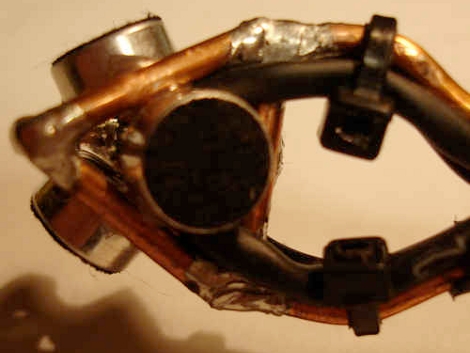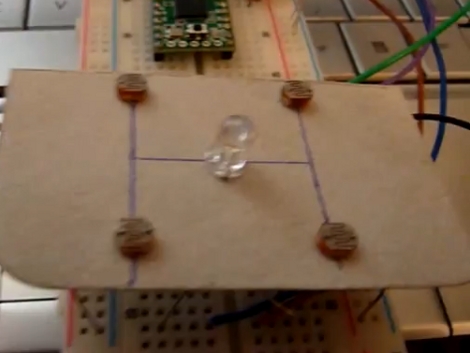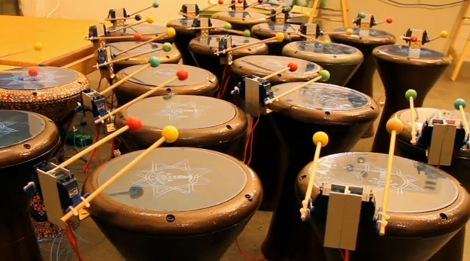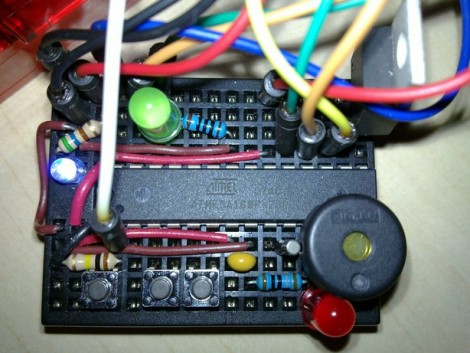
[Dan Hemingson’s] been refining a design for building a tetrahedral ambisonic recording system. This is a set of four microphones used to record audio that can later be mixed down for a three-dimensional listening experience. His goal is an easy and inexpensive build while maintaining the highest fidelity standards possible. Lucky for us he’s made a set of extremely detailed build instructions you can use to make your own. In addition to the mounting bracket seen above he has also developed a pre-amp module that connects to the four mics; it’s part of the build instructions with schematic and board layout files available as well.
[Thanks Isaac]















